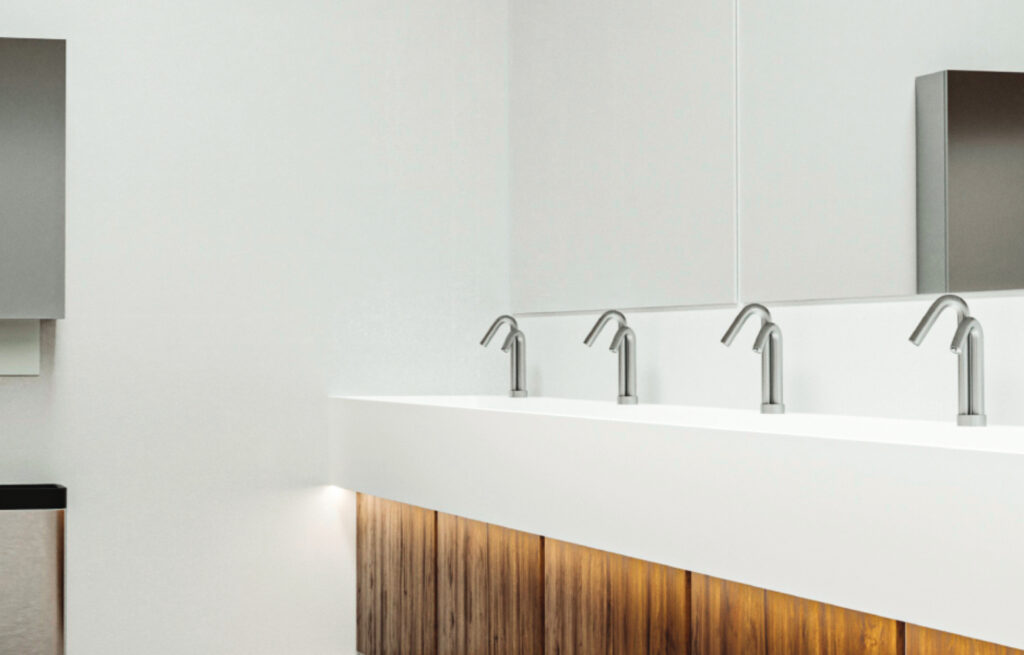
Physical contact with high-touch surfaces, such as faucets and soap dispensers, can spread germs and bacteria that can lead to illnesses. With touchless sanitary solutions, users can simply wave their hand in front of a sensor to activate the device, eliminating the need for direct contact. This not only reduces the spread of germs but also makes these products more accessible to people with mobility or dexterity issues.
Furthermore, touchless sanitary solutions are not only beneficial for public spaces such as schools, hospitals, and offices, but also for residential settings. They provide an added layer of convenience and safety, particularly in homes with children who may not yet understand the importance of proper handwashing techniques. In addition, touchless sanitary solutions can help to conserve resources by reducing water and soap usage, making them environmentally friendly as well.
Sanitary solutions for commercial and public bathrooms
Touchless sanitary solutions, such as touchless hand sanitizer dispensers and touchless soap dispensers, have become increasingly popular in recent years due to their potential to reduce the spread of germs and bacteria. These solutions are designed to eliminate the need for physical contact, which is often a key factor in the transmission of germs and bacteria. By using touchless sanitary solutions, people can promote good hygiene without having to physically touch surfaces that may be contaminated with germs and bacteria.
While touchless sanitary solutions can be effective at promoting good hygiene, it is important to note that they are not a complete replacement for proper hand hygiene practices. Washing your hands with soap and water is still considered the most effective way to remove dirt, germs, and bacteria from your hands. Touchless sanitary solutions should be used in conjunction with proper hand hygiene practices in order to maximize their effectiveness.
When using a touchless hand sanitizer dispenser, it is important to follow the manufacturer’s instructions for use. This typically involves placing a small amount of hand sanitizer on your hands and rubbing it in thoroughly, making sure to cover all areas of your hands. It is also important to allow the hand sanitizer to dry completely before handling any objects, as the alcohol in the hand sanitizer needs time to kill the germs and bacteria on your hands.
It is also important to use touchless sanitary solutions correctly in order to maximize their effectiveness. This includes using the appropriate amount of soap or hand sanitizer, and ensuring that the dispenser is refilled or replaced when necessary. If a touchless soap dispenser runs out of soap, for example, it will not be able to effectively clean hands and may even contribute to the spread of germs and bacteria if people continue to use it.
Touchless sanitary solutions can play a vital role in maintaining hygiene by eliminating the need for physical contact and reducing the risk of contamination. However, it is important to note that touchless solutions should not replace proper hand hygiene practices. Instead, touchless solutions should be used in conjunction with other hand hygiene practices, such as washing hands with soap and water.
Proper hand hygiene practices are still essential to reduce the spread of germs and bacteria. Touchless solutions should not be relied upon entirely as a replacement for proper hand hygiene practices. It is critical to use these solutions correctly and in combination with other methods to ensure optimal results in reducing the spread of germs and bacteria. By implementing touchless sanitary solutions, together with regular hand hygiene practices, it is possible to maintain a clean and hygienic environment.


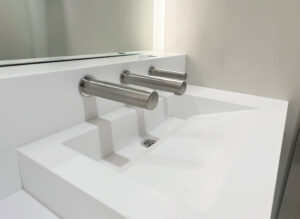


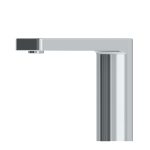 Boreal
Boreal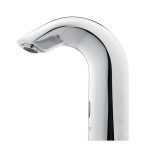 Classic
Classic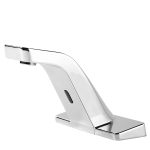 Condor
Condor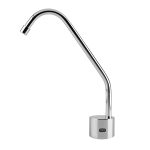 Cool TF
Cool TF Csaba
Csaba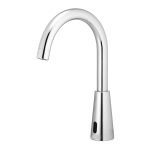 Dolphin
Dolphin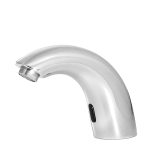 Easy
Easy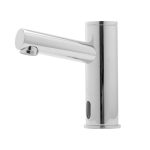 Elite
Elite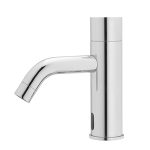 Extreme
Extreme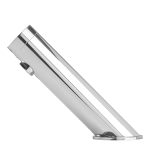 Green
Green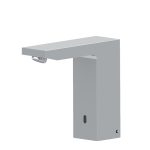 Quadrat DM
Quadrat DM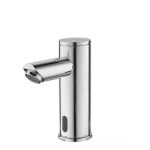 Smart
Smart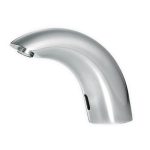 Swan
Swan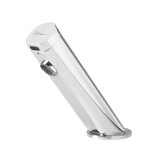 Touch Free
Touch Free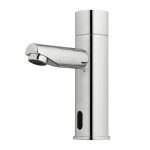 Trendy
Trendy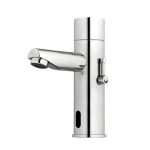 Trendy T
Trendy T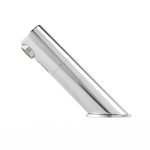 Tubular DM
Tubular DM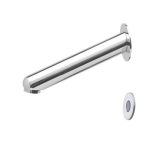 Apollo AL
Apollo AL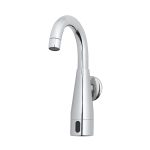 Apollo Free
Apollo Free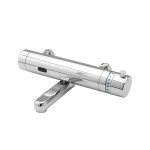 Apollo Medical
Apollo Medical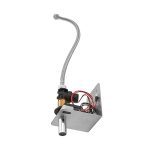 BTM
BTM Cubica
Cubica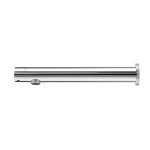 D28
D28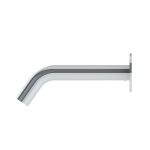 Extreme CS
Extreme CS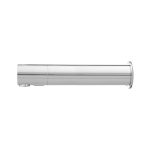 Malmo
Malmo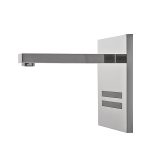 Nara Q
Nara Q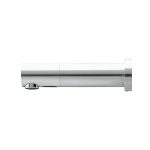 Tubular
Tubular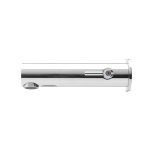 Tubular 1000
Tubular 1000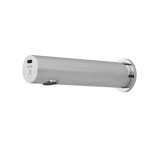 Tubular Wave DP LE
Tubular Wave DP LE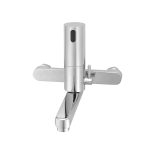 Washfree 1000
Washfree 1000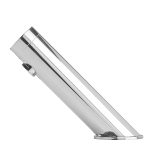 Green Time
Green Time